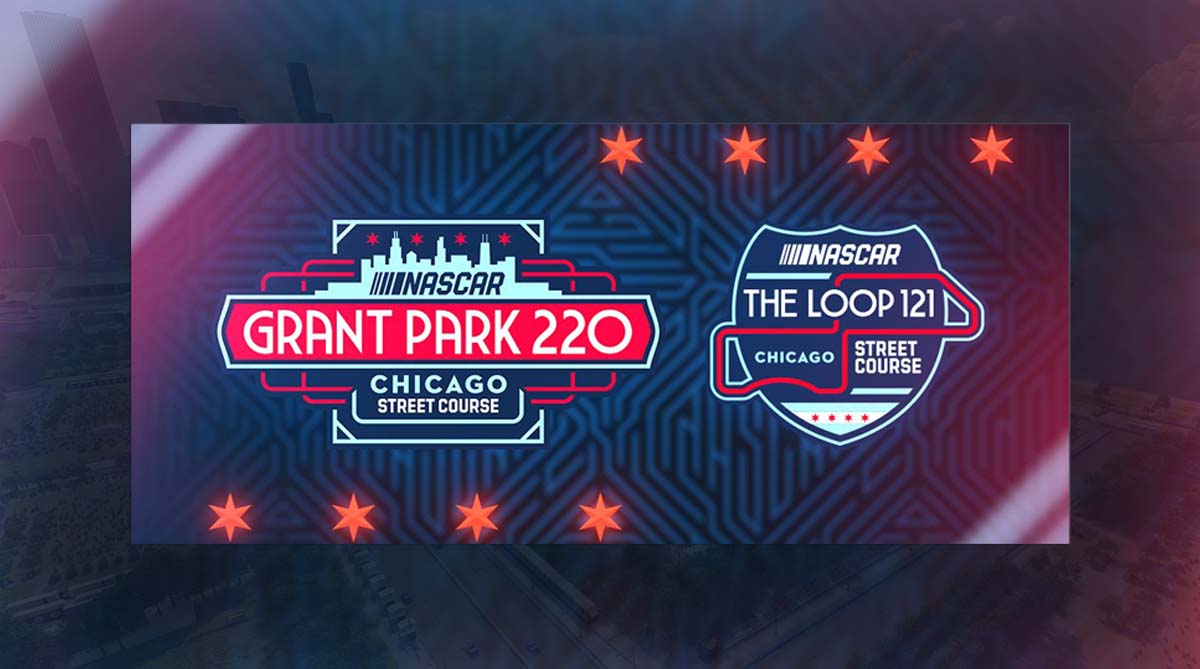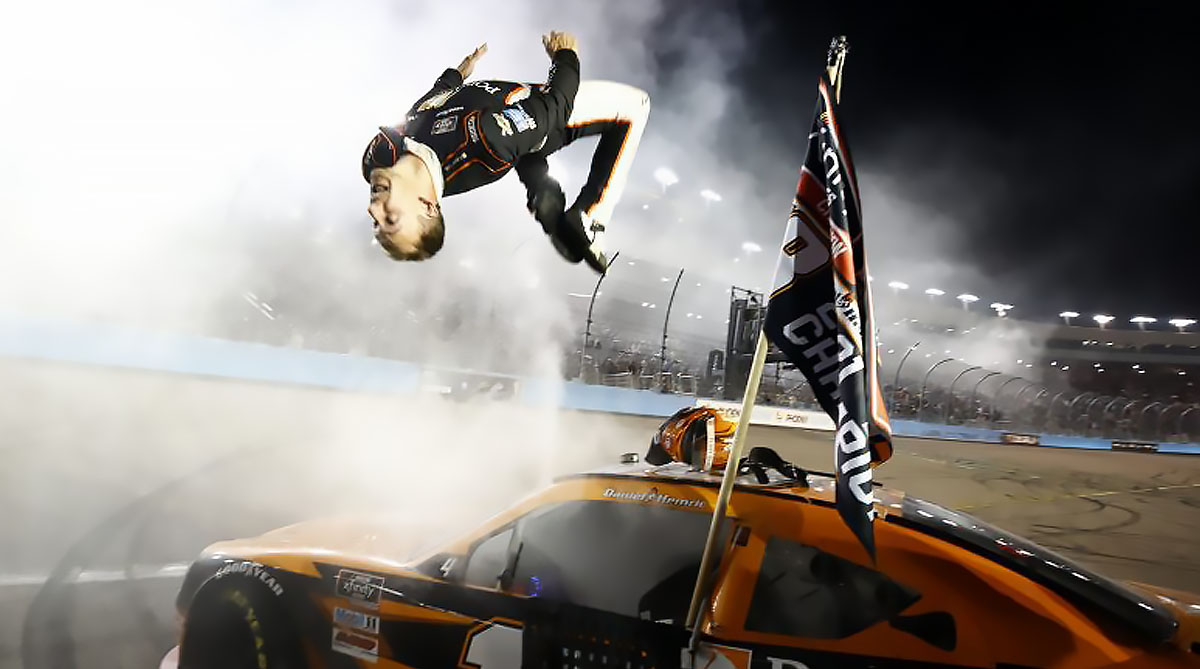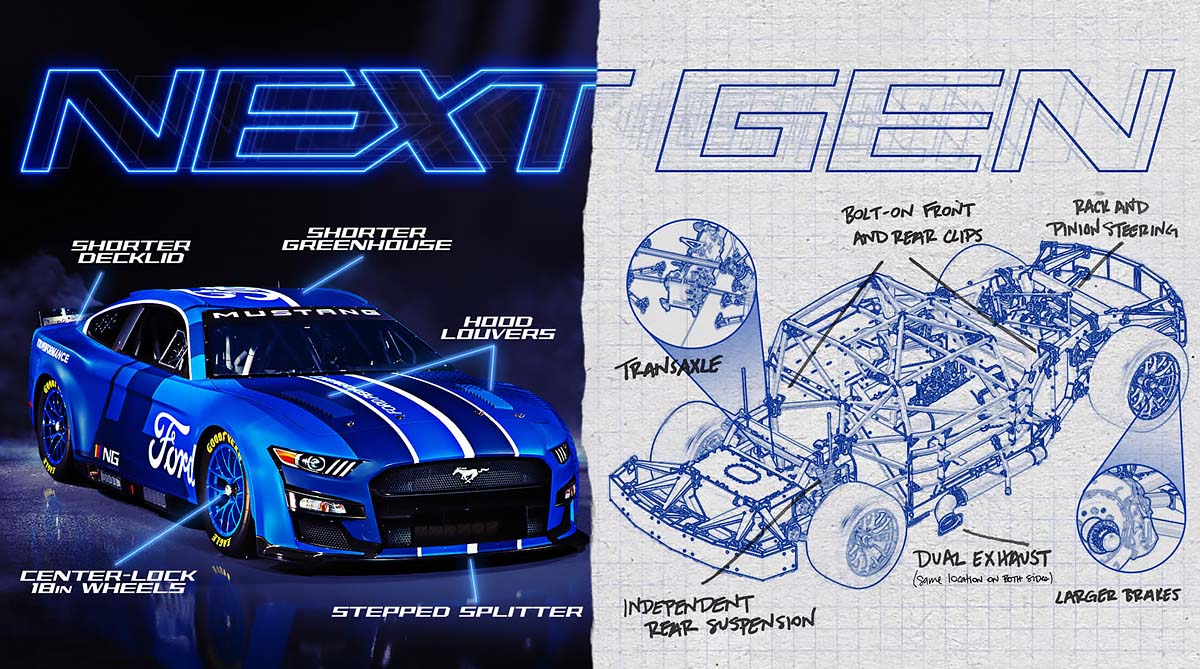NASCAR has undergone several generations of evolution in racing cars, each of which introduced various changes and improvements.
Here is a brief description of the differences between the generations of NASCAR racing cars:
First Generation (1950-1966)
These racing cars were based on production cars and had similarities to cars available to ordinary consumers. They used powerful V8 engines and had open bodies.
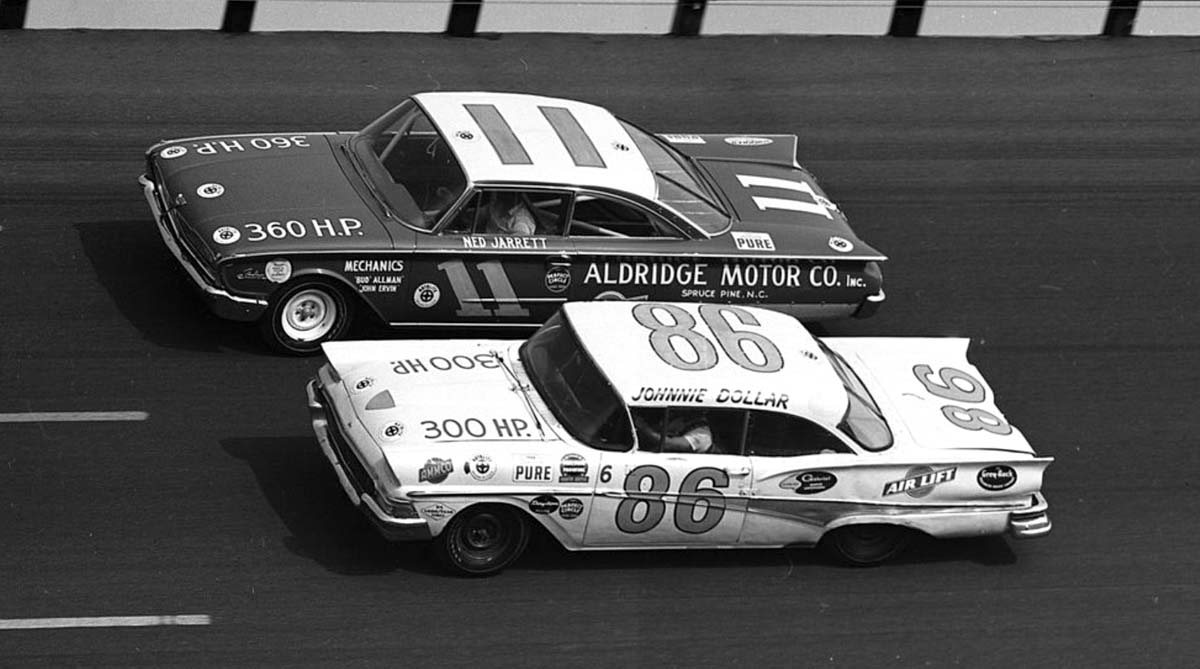
Second Generation (1967-1980)
This generation saw several changes to enhance safety and performance. The cars became more aerodynamic, with the addition of new body elements such as spoilers and aerodynamic kits.
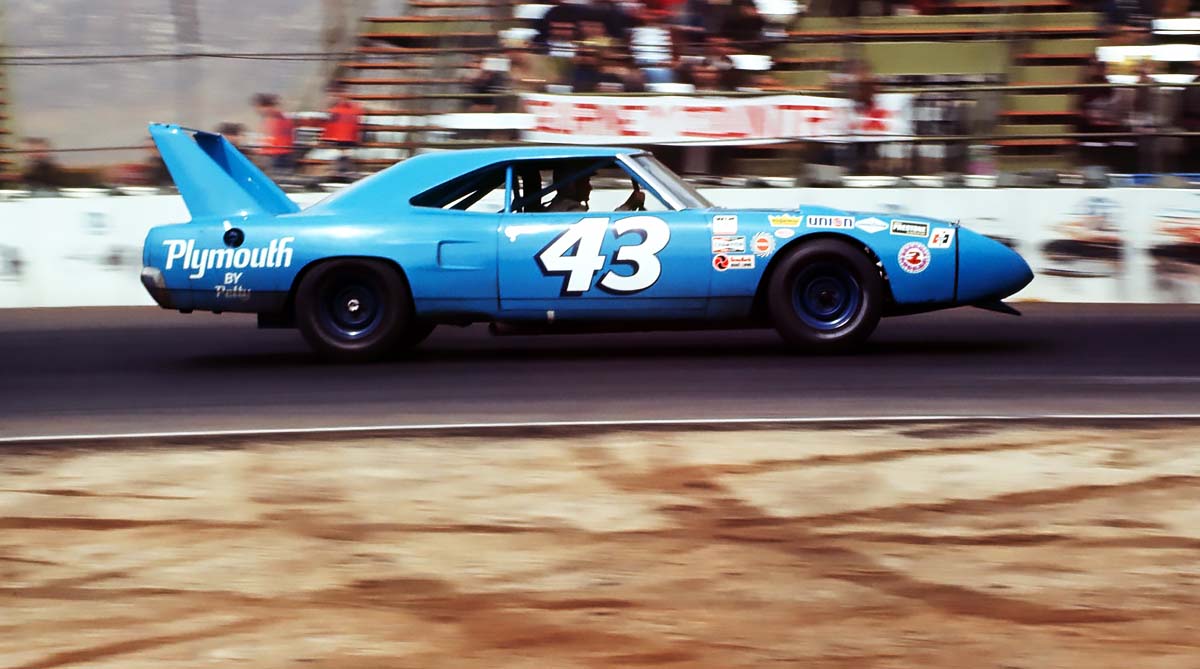
Third Generation (1981-1991)
During this period, engine power restrictions were introduced to reduce speeds on the track and increase safety. Changes were also made to aerodynamics, including new spoilers and body kits.
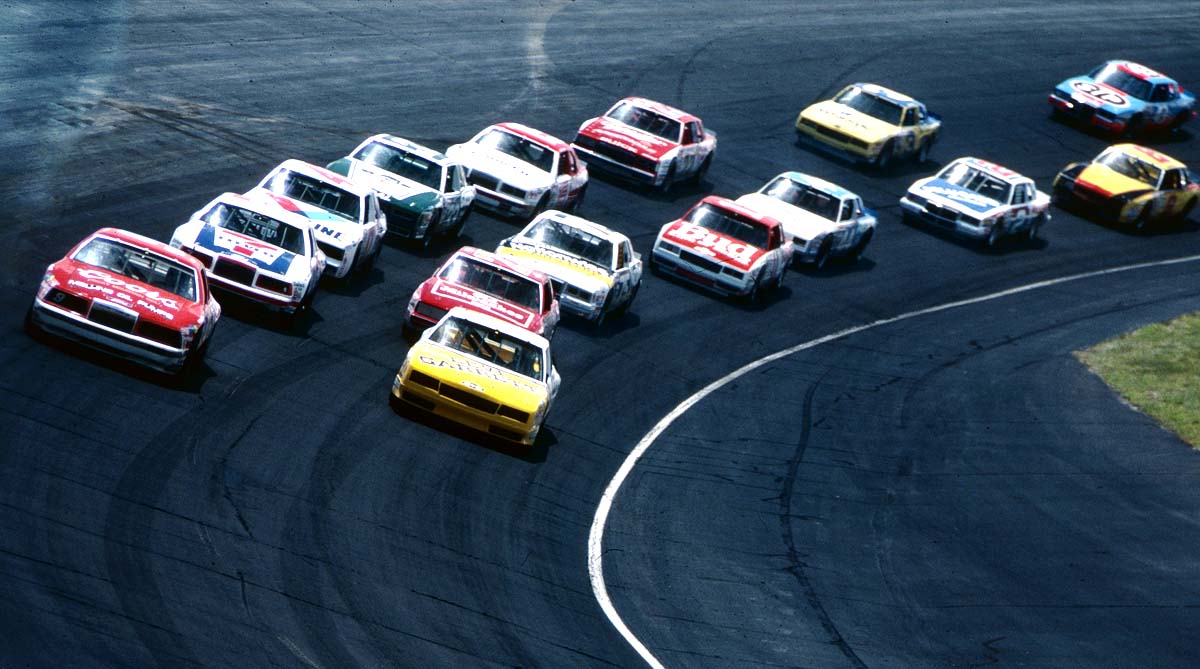
Fourth Generation (1992-2007)
Significant changes in the design of NASCAR cars occurred in this generation. They featured more enclosed and aerodynamic bodies, improved safety systems, and the introduction of new technologies like electronic control systems.
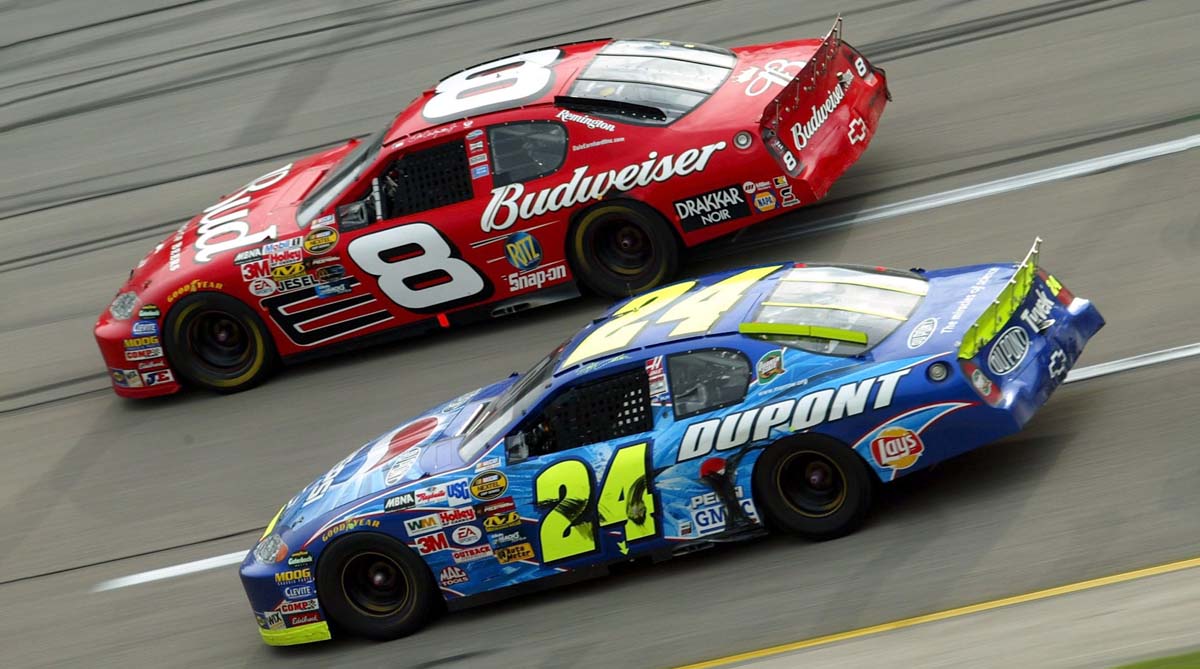
Fifth Generation (2008-2021)
In 2008, new rules were implemented to make racing cars even more closely resemble production cars. This generation included symmetric front and rear body kits, as well as new cooling systems.
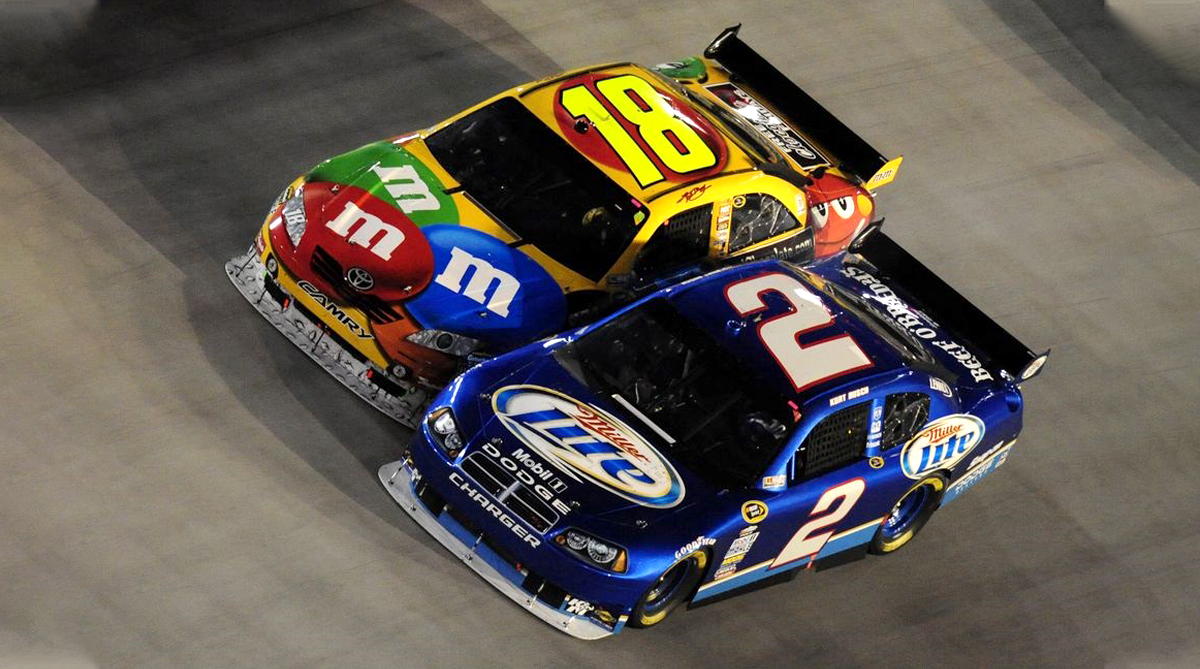
Sixth Generation (2022-present)
The "Next Gen" racing cars also feature low-profile tires and enhanced suspension systems, improving handling and on-track performance. The bodies are made of composite materials, making them stronger and lighter. These cars also incorporate new driver protection systems, including a chassis designed to improve safety in the event of an accident.
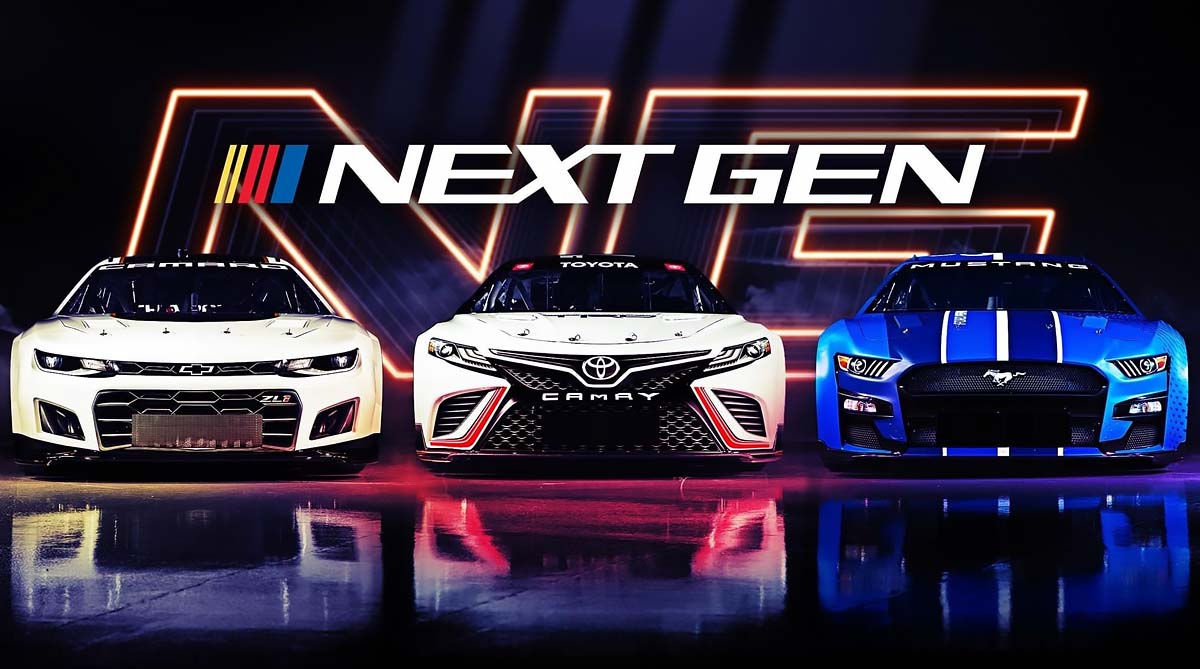
The sixth generation of NASCAR racing cars, the "Next Gen," represents a significant shift in technology and design, aiming to enhance competitiveness, safety, and appeal for both drivers and fans.

